Overview
The icicles are hanging strips of WS2812B LEDs, controlled by an ATTiny. They have a button for changing mode and brightness. In addition, when power cycled they will change mode as well. This allows for adjustment without having to touch them, and makes them all change synchronized without any communications, and means only power wires need to connect all the icicles together. The button can be used to re-synchronize if they ever get out of order., though that's challenging when they're in the tree. They are powered with a waterproof connector, and driven at 5V, so there is no need for any complex circuitry on the units.
Electronics
The PCBs contain only a few components. The ATTiny84 runs the show. A SMT momentary tactile button adds some functionality. The connector is for pigtail waterproof connectors. At the other end of the PCB are pads to solder the WS2812B strip. Make sure the pins are connected properly, as some strips vary the order of the pins.
There is an extra resistor between the ATTiny and the LED strip, but there is no bulk capacitor at the strip. One could be soldered on easily, though.
The connector for programming is available as .1" spaced pads. This makes it easy to build a programming jig with spring pins, or just hold some perfboard with header pins against it.
Mechanical
The PCB can be potted if the button is not necessary. This would be the most secure way to waterproof everything. The PCB is the width of the LED strip, so it's possible to cut the silicone tubing extra long and slide everything into the silicone tube and seal it on both ends. This is an easy way to waterproof the icicle.
Firmware
The ATTiny isn't really capable of driving more than 60 LEDs. For the icicles I've decided on between 10-20 LEDs per icicle, so it's fine. The EEPROM has 2 bytes of data; the current mode and the max brightness. A power cycle will change the mode, as will pressing the button. This is stored immediately in the EEPROM. On startup there is a delay to allow for debounce on the power supply before incrementing the mode. It's possible to get the icicles out of sync by cycling the power supply too quickly. Pressing the button and holding increases the brightness.
The different modes have different variables. Changing the mode calls the updateVariables, which updates the variables based on the new mode. These are hardcoded for maximum awesomeness.
For the LED control, I used the Light_WS2812 library. However, when using HSV, it uses a lookup table to adjust brightness, bu this explodes the memory usage, so I disabled that lookup.
 Bob Baddeley
Bob Baddeley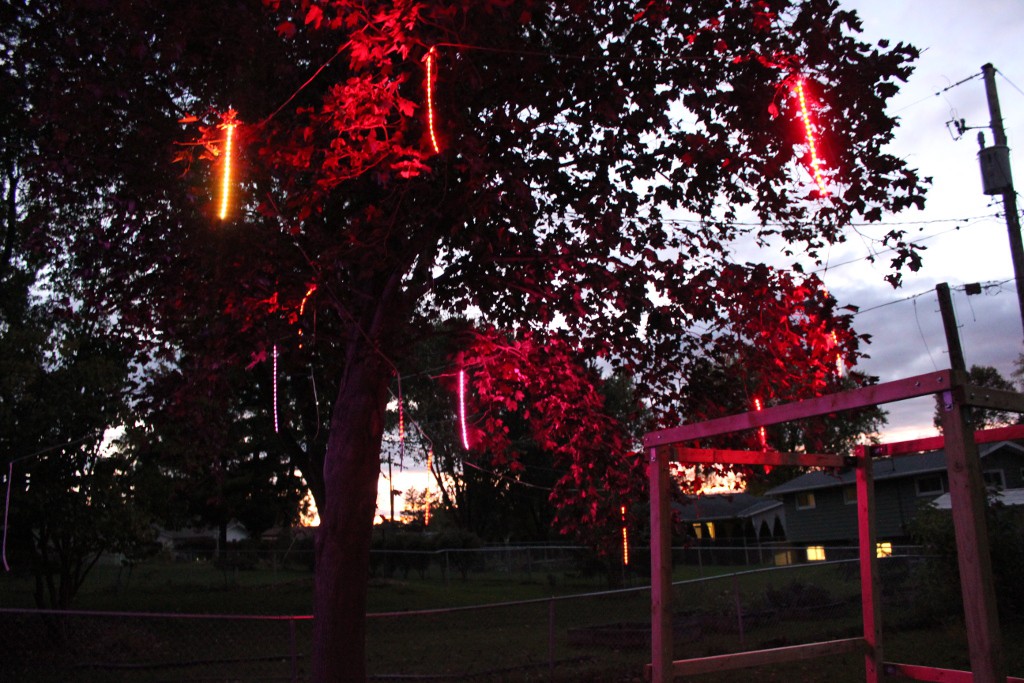


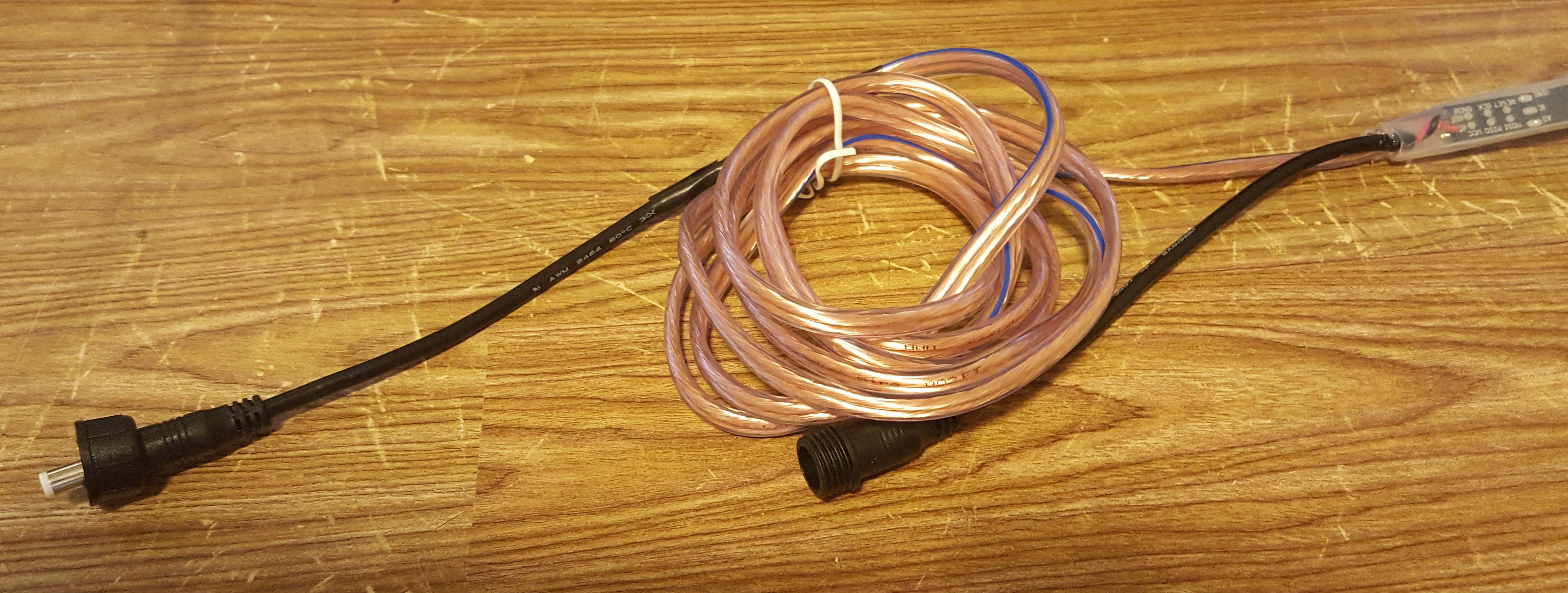
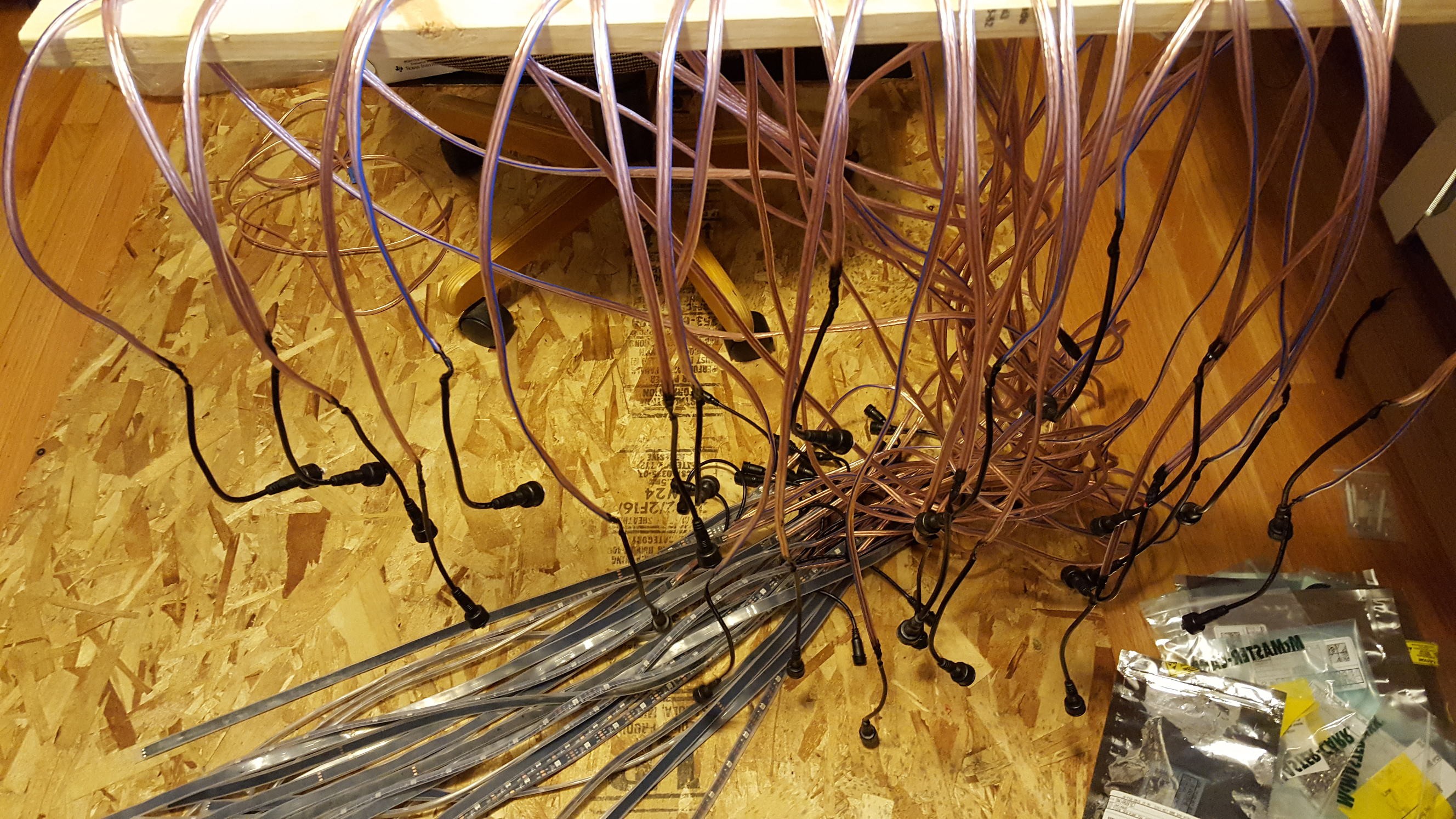



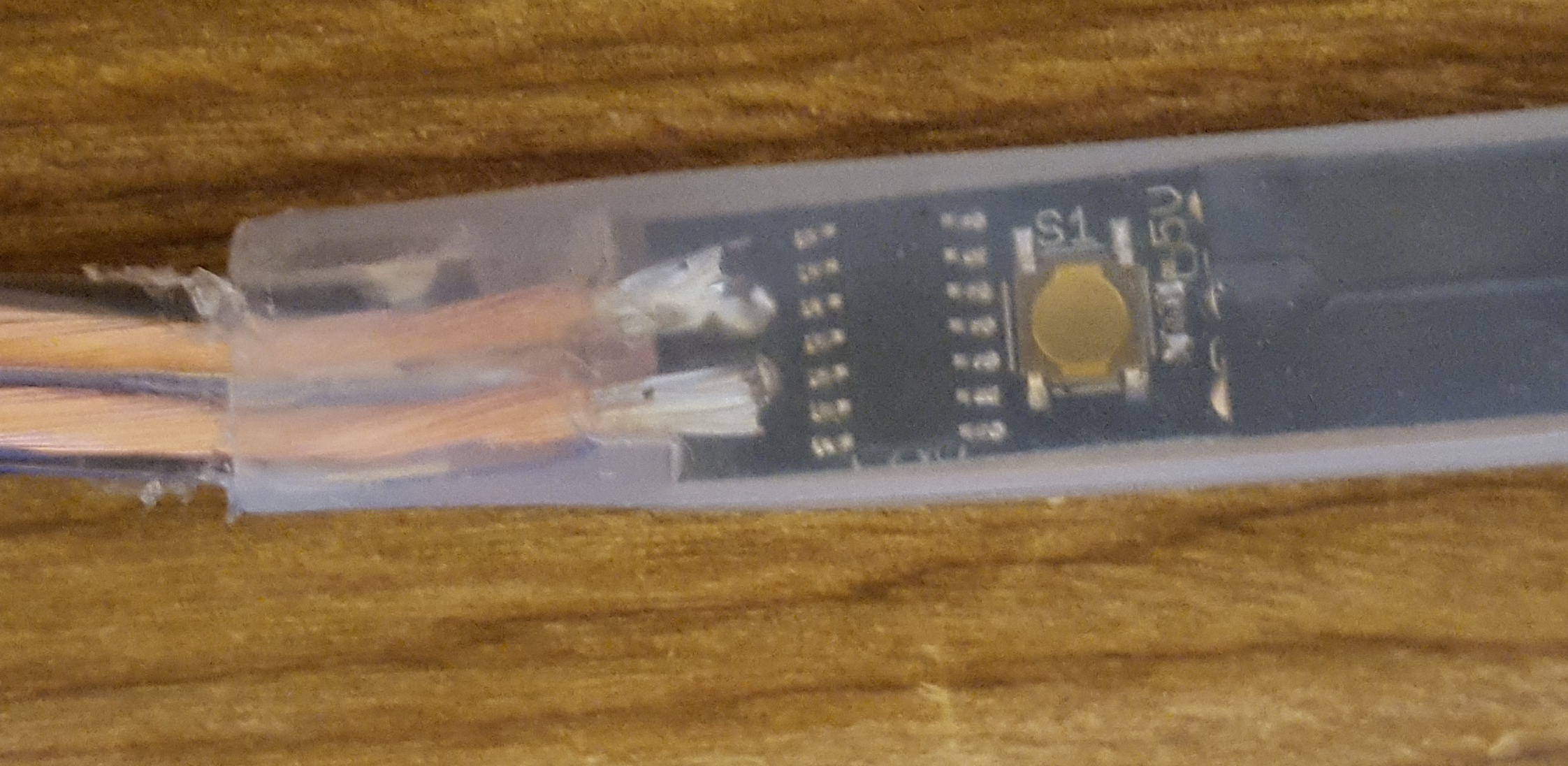
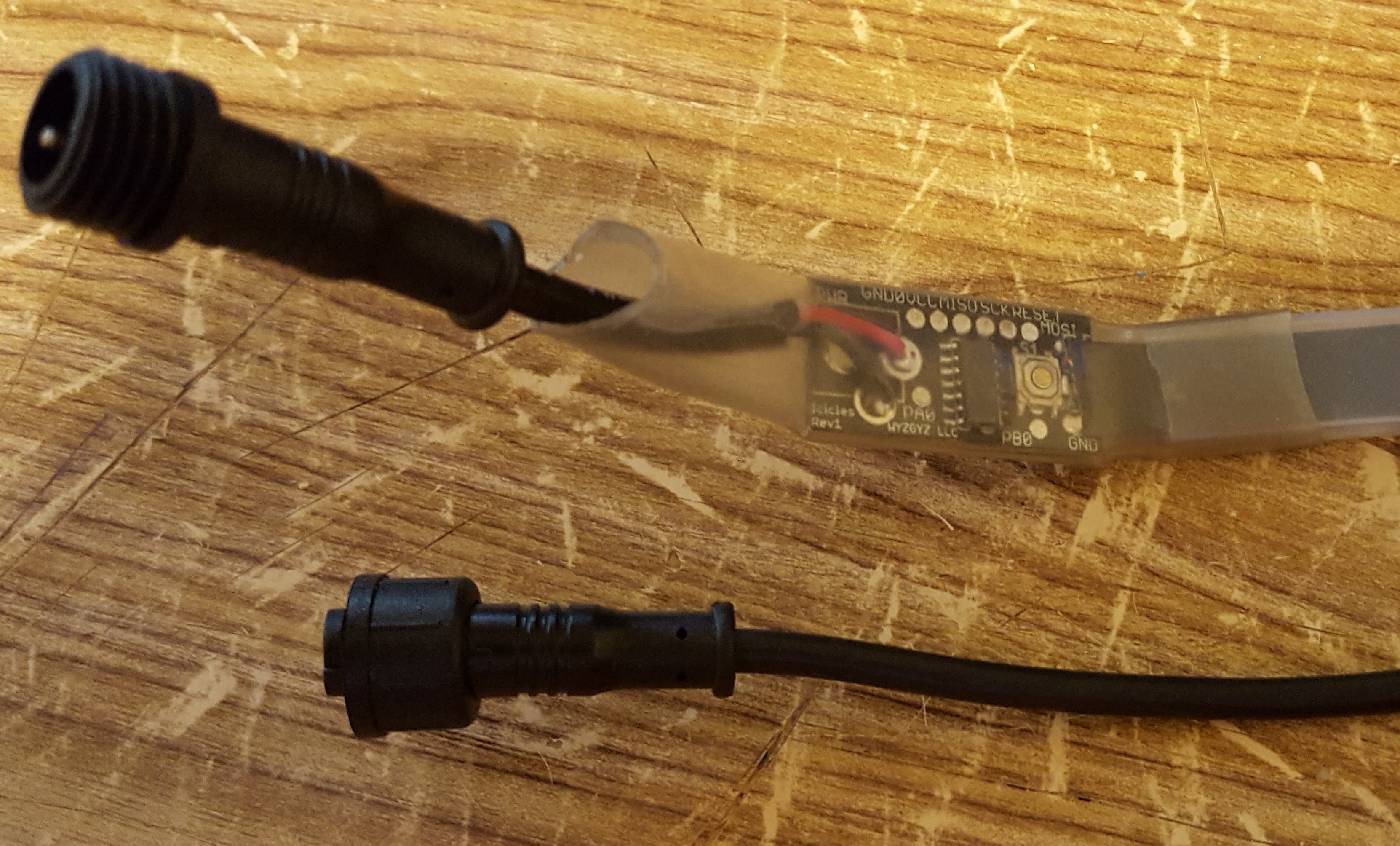






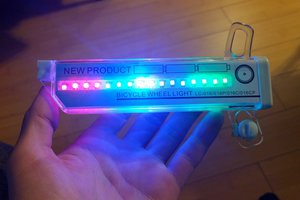
 Jarrett
Jarrett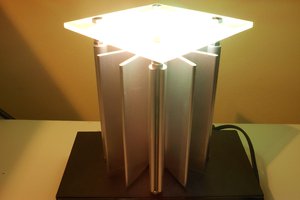
 Enrico
Enrico
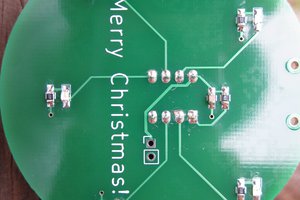
Hi,ive tryed the firmware and it just doesnt work??? nothing happens what so ever,any clues? cheers